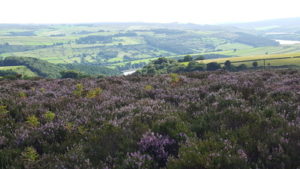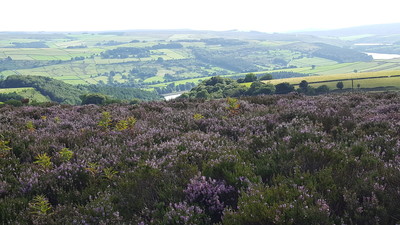 BASC has welcomed the results of a study which shows there are serious limitations to alternative uses of land currently used for driven grouse shooting in Scotland.
BASC has welcomed the results of a study which shows there are serious limitations to alternative uses of land currently used for driven grouse shooting in Scotland.
The association was involved in the research project commissioned by the Scottish Government to examine the socioeconomic and biodiversity impacts of driven grouse moors in Scotland.
BASC Scotland director Dr Colin Shedden said the research, carried out by the James Hutton Institute and Scotland’s Rural College (SRUC), showed that the land, identified in the study by the presence of grouse butts associated with driven grouse shooting, has a low capability for agricultural use.
He said: “Sheep grazing on unimproved pasture could be considered but is unlikely to be feasible. Improving the land for permanent pasture would be expensive and could be in conflict with the many conservation designations associated with heather moorland used for grouse shooting.
“The other alternative land uses for grouse moors that are frequently referred to are commercial forestry and rewilding, but the report clearly states that ‘the areas considered unsuitable for trees with any expectation of delivering harvestable timber are substantially greater than the areas considered as having very little agricultural value’.
“It also states that there is limited evidence of the socio-economic benefit of rewilding”.
Dr Shedden said land managed for grouse shooting also catered for a range of other interests including hill walking and bird watching.
“The landscape provided by grouse shooting sustains wildlife diversity and provides opportunities for ecotourism,” he added.
Cara Richardson, a member of BASC Council, said people who live and work in Scotland’s moorland environments appreciated the importance of grouse moor management.
She said: “These include population retention as well as the maintenance of cultural and community identity, clearly highlighted in this research.
“The alternatives to this management currently have little to offer to local communities, nor to the many tourists who appreciate our iconic moorland landscapes.
“I am delighted that BASC staff have been involved, and continue to be involved, in steering this vital research project.”
